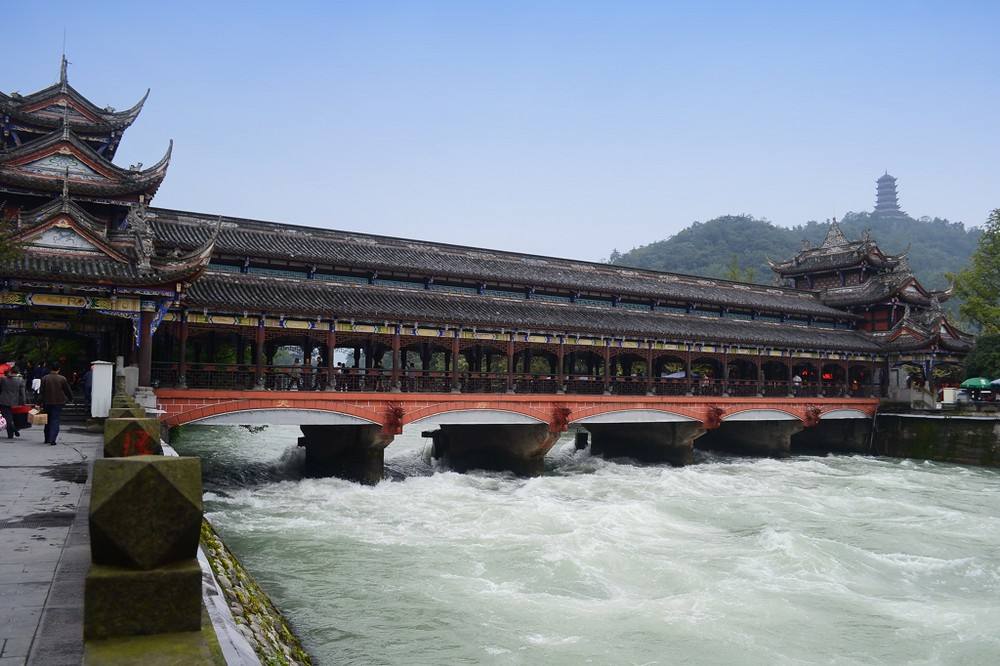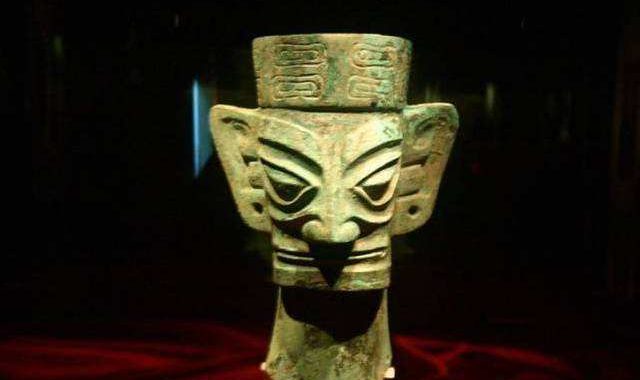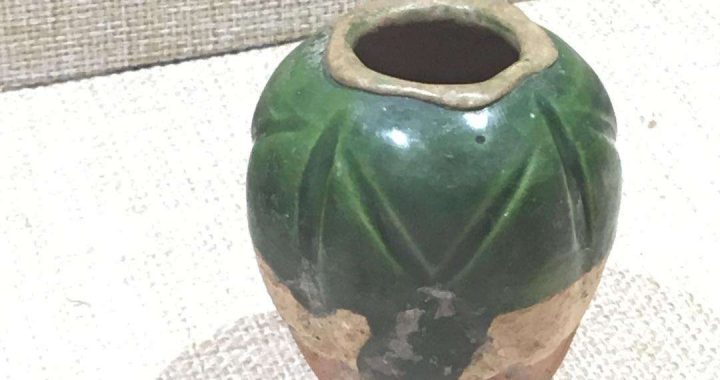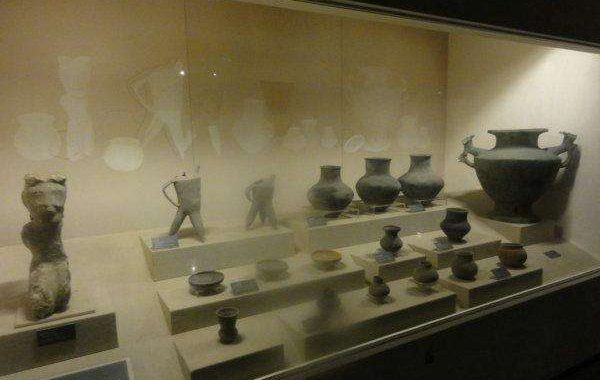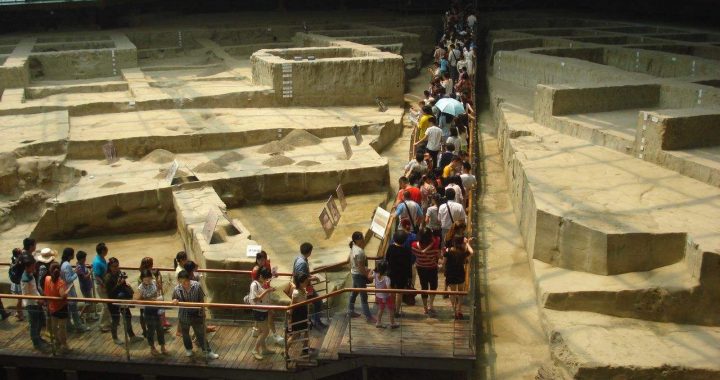The Dujiang Weirs
2 min readThe Dujiang Weirs,the admiration of modern irrigation engineers,is an irrigation infra-structure designed and built in 256 B.C.by the prefect of Sichuan,Li Bing and his son,from the Kingdom of the Qin during the Warring States Period of China.It is located in the Min River in Sichuan Province,near the provincial capital city,Chengdu .It is still in use today and still irrigates large tracts of land in the region.The irrigation system of the Dujiang Weirs consists of three main parts that work in harmonywith one another to keep flood under control and the fields well supplied with water.The first construction,Yuzui or Fish Mouth Levee,named for its conical head that is said to resemble the mouth of a fish,is the key part of the project.It is an artificial levee that divides the water into inner and outer streams.The inner stream carries approximately 40%,rising to 60%during flood,of the river’s flow into the irrigation system while the outer stream drains away the rest,flushing out much of the silt and sediment.The second construction,Feishayan or Flying Sand Weir has a 200 meter-wide opening connecting the inner and outer streams,which allows the natural swirling flow of the water to drain out excess water from the inner to the outer stream in the time of floods.The third construction,Baopingkou or Bottle-Neck Channel,which Li Bing gouged through the mountain,is the final part of the system.The channel distributes the water to the farmlands to the west,while the narrow entrance,that gives it its name,works as a check gate,creating the whirlpool flow that carries away the excess water over Flying Sand Weir,to bring flood under control.After the project was finished,no more floods ever occurred.The irrigation made Sichuan one of the most productive agricultural provinces in China.Ever since then,Sichuan has been acclaimed as“Land of Abundance”.Li Bing,the architect,was loved so much that he became a god to the people there.On the east side of the Dujiang Weirs,people built a shrine in memory of him.
